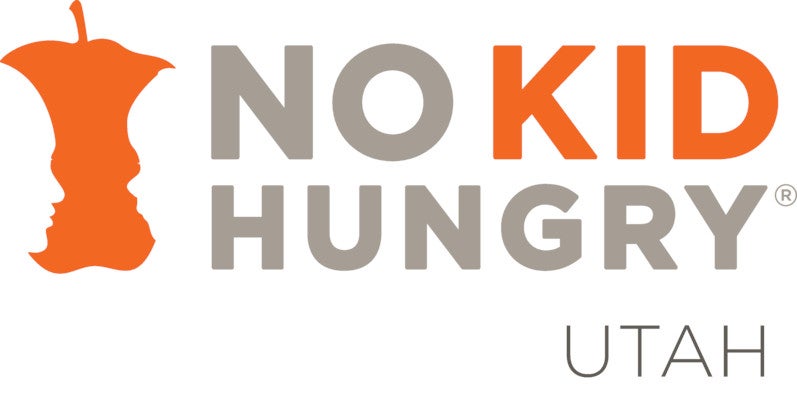School breakfast provides students a healthy start to the school day! School breakfast is healthier than most people realize, and can benefit kids, classrooms and communities. Learn about the nutritional qualities of school breakfast, and how it can improve student performance and create calmer classrooms.
NUTRITION GUIDELINES
Schools participating in the National School Breakfast Program (NSBP) must adhere to nutrition guidelines supported by science and provided by United States Department of Agriculture (USDA). School nutrition programs are self-supporting, meaning, they are not part of the school system’s budget; and reimbursement from USDA is given to schools when guidelines are followed. The reimbursement covers the cost of food, preparation and serving of foods and beverages, and food service employee wages.
According to the USDA guidelines, school breakfast must include:
- A full cup of fruit and/or vegetables – either fresh, frozen, dried or canned. Juice may be offered, but no more than ½ cup serving towards the full serving. The remaining serving must be either fresh, frozen, dried or canned;
- Two servings of whole grain rich products; may be combined with protein rich foods such as eggs or yogurt;
- Eight ounces of fat free or 1% milk.
Schools receive reimbursement for breakfasts served to all students as long as:
- Each breakfast contains the items above, AND
- Students select three items, one of which MUST be ½ of fruit/juice. For example – one serving of grain, 4 oz. yogurt and a banana would be a “reimbursable” breakfast)
Download the full resource for more information on how to provide students with a nutritious breakfast.


